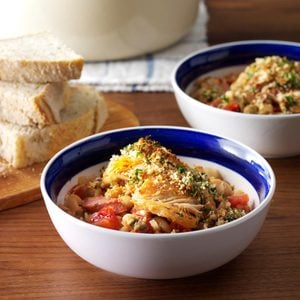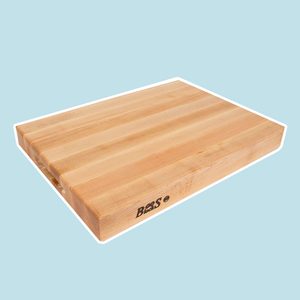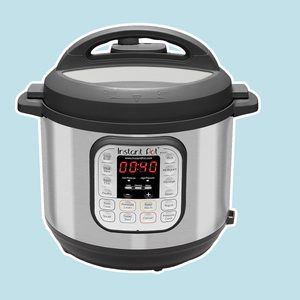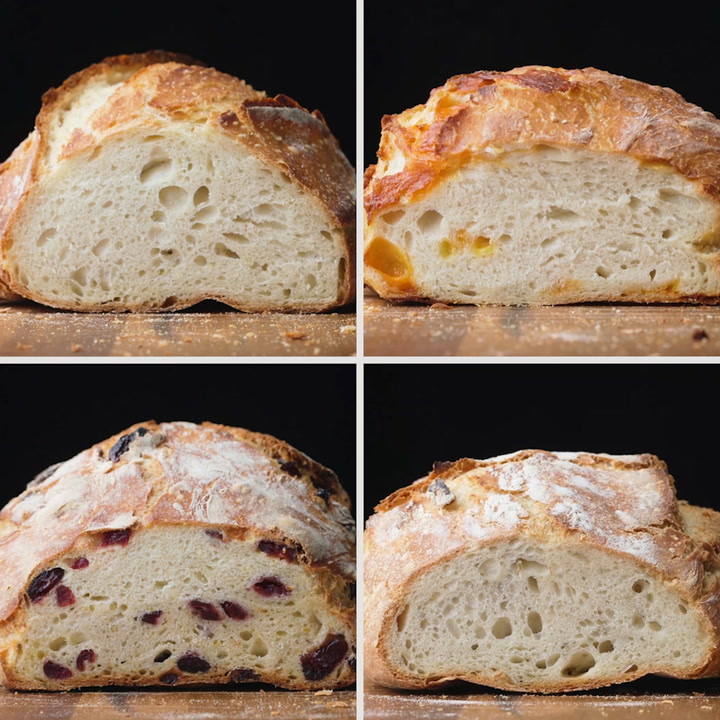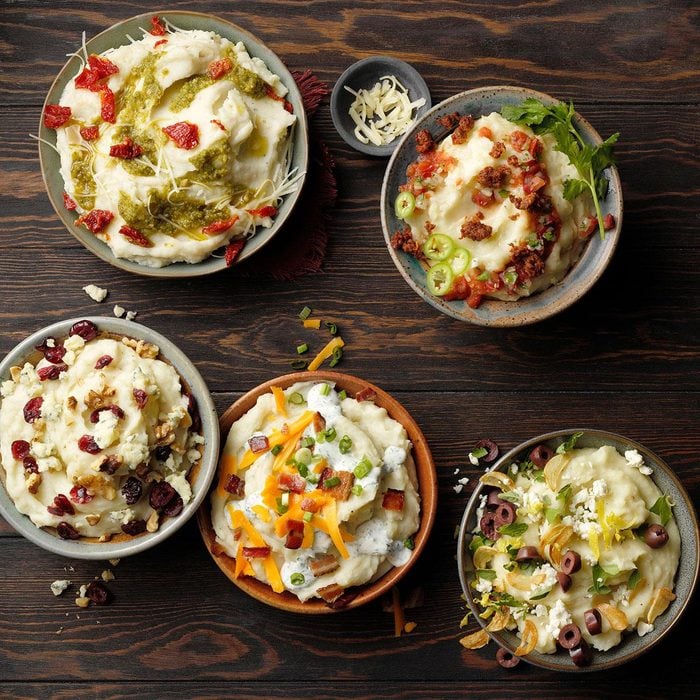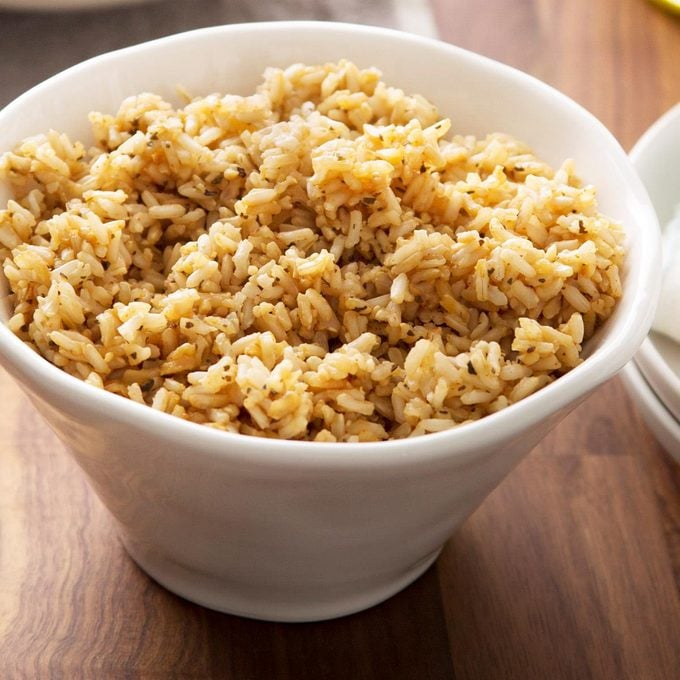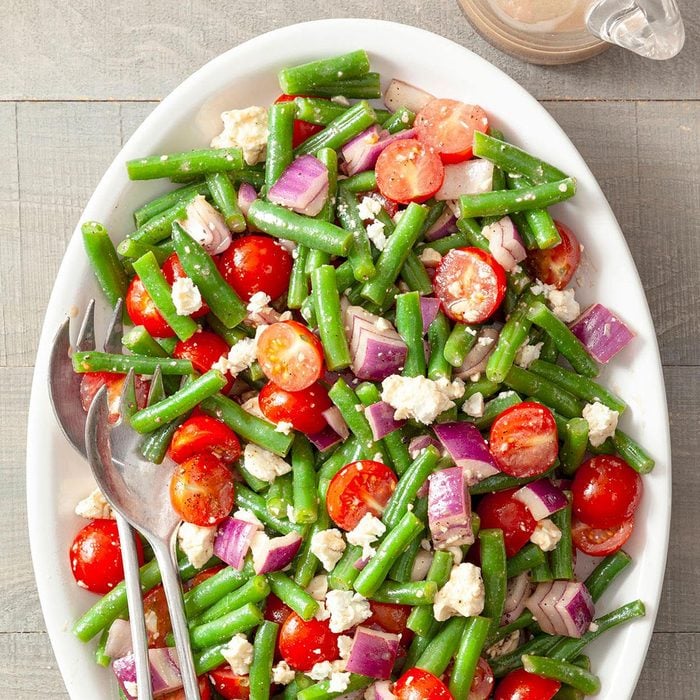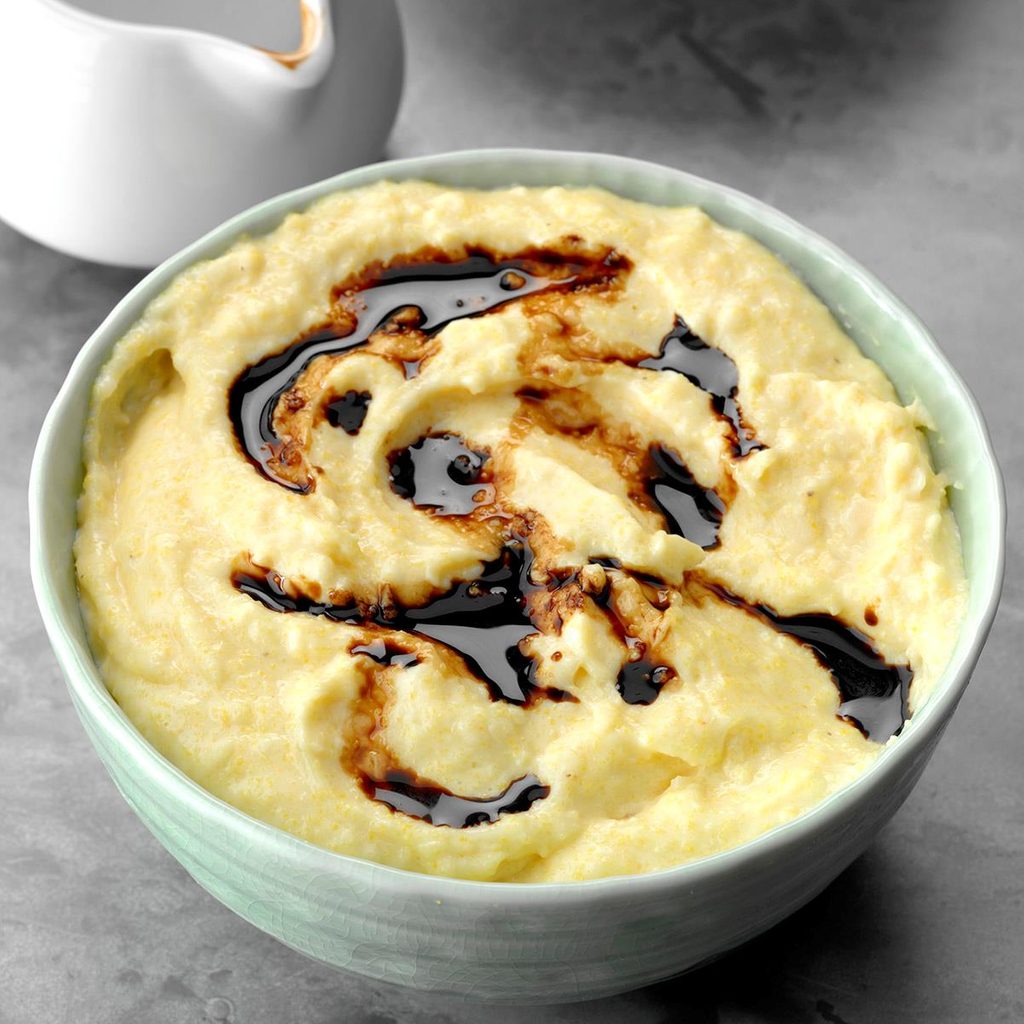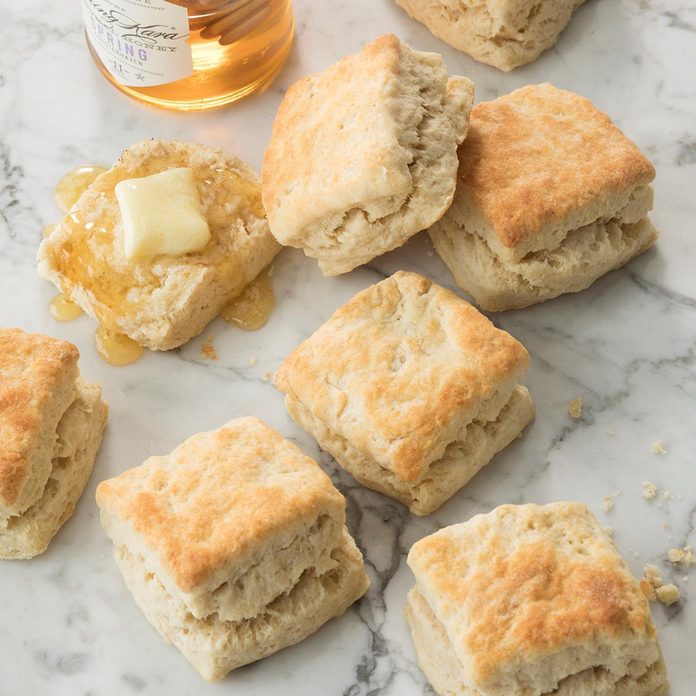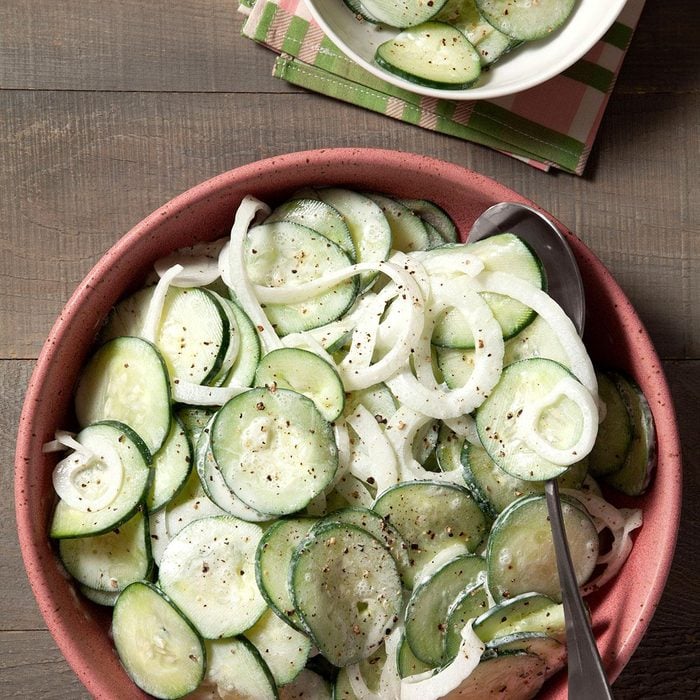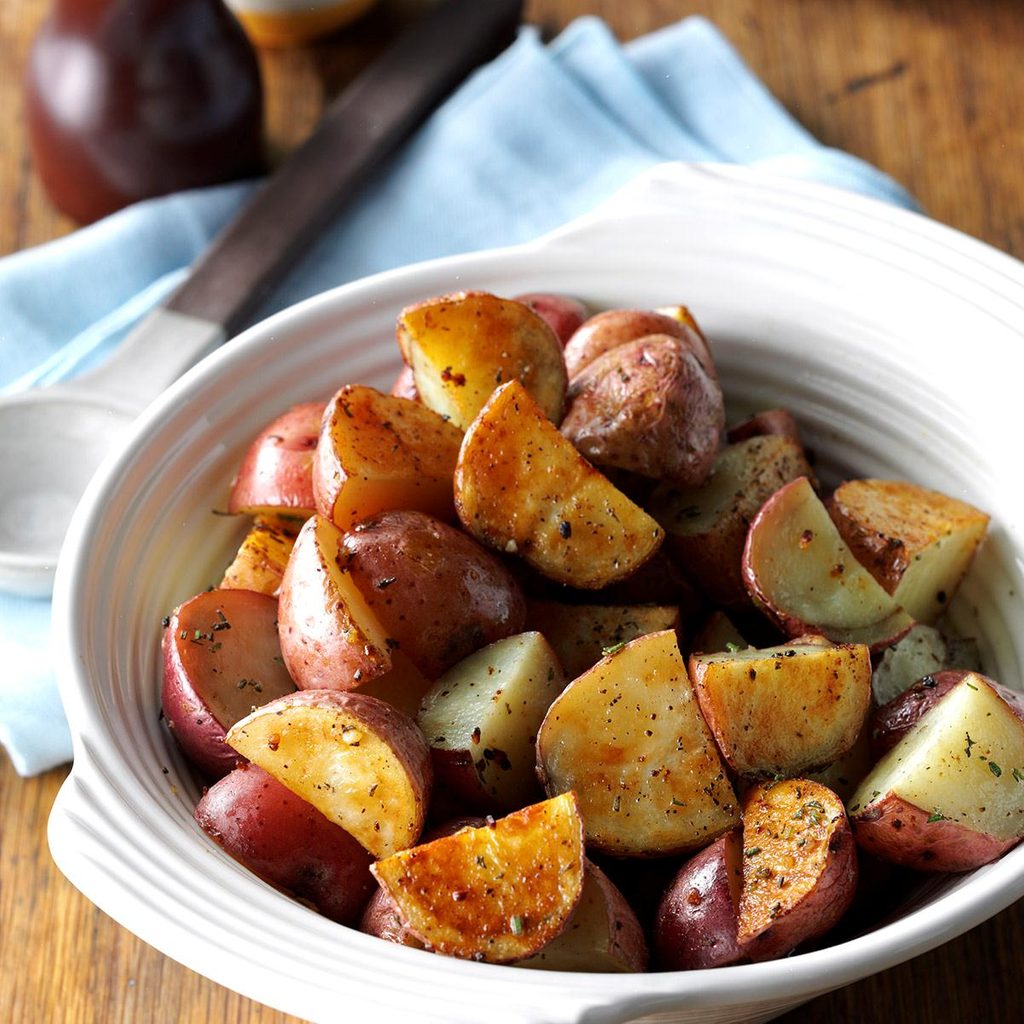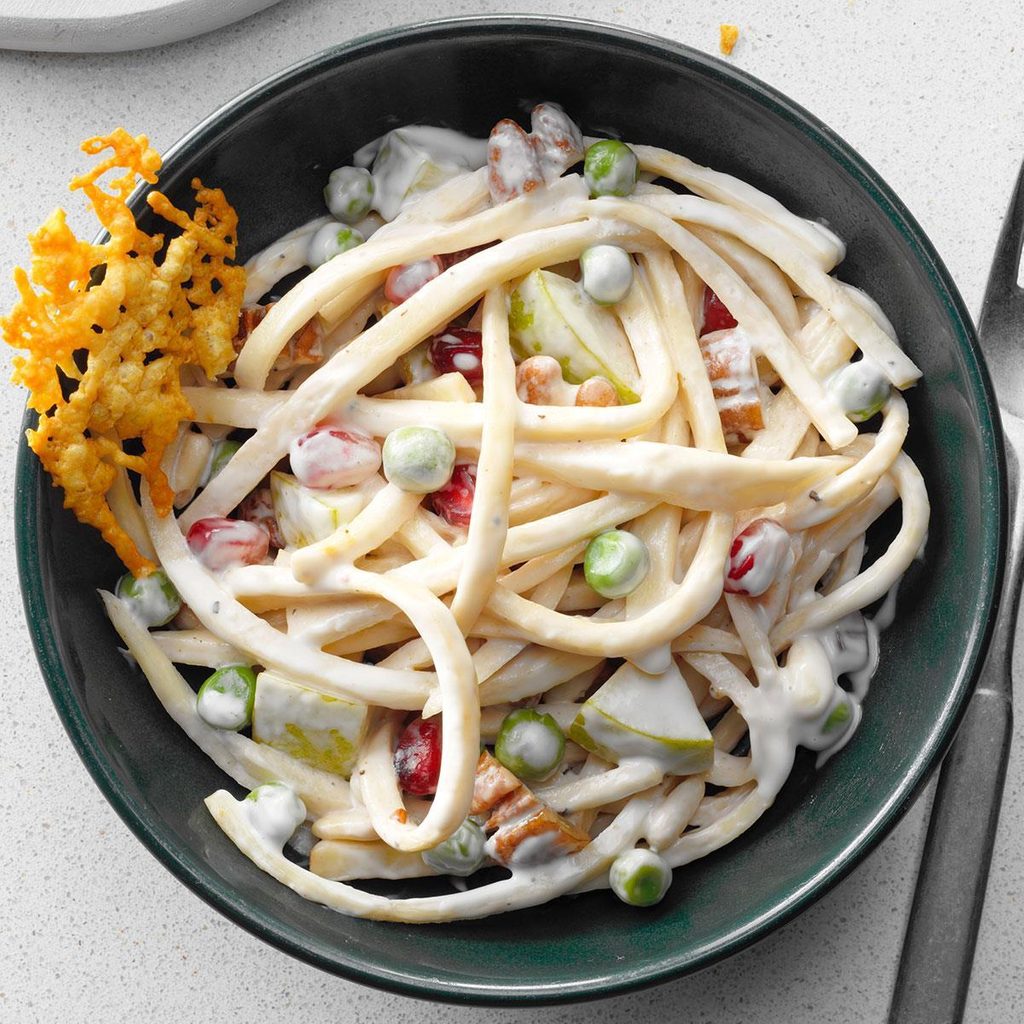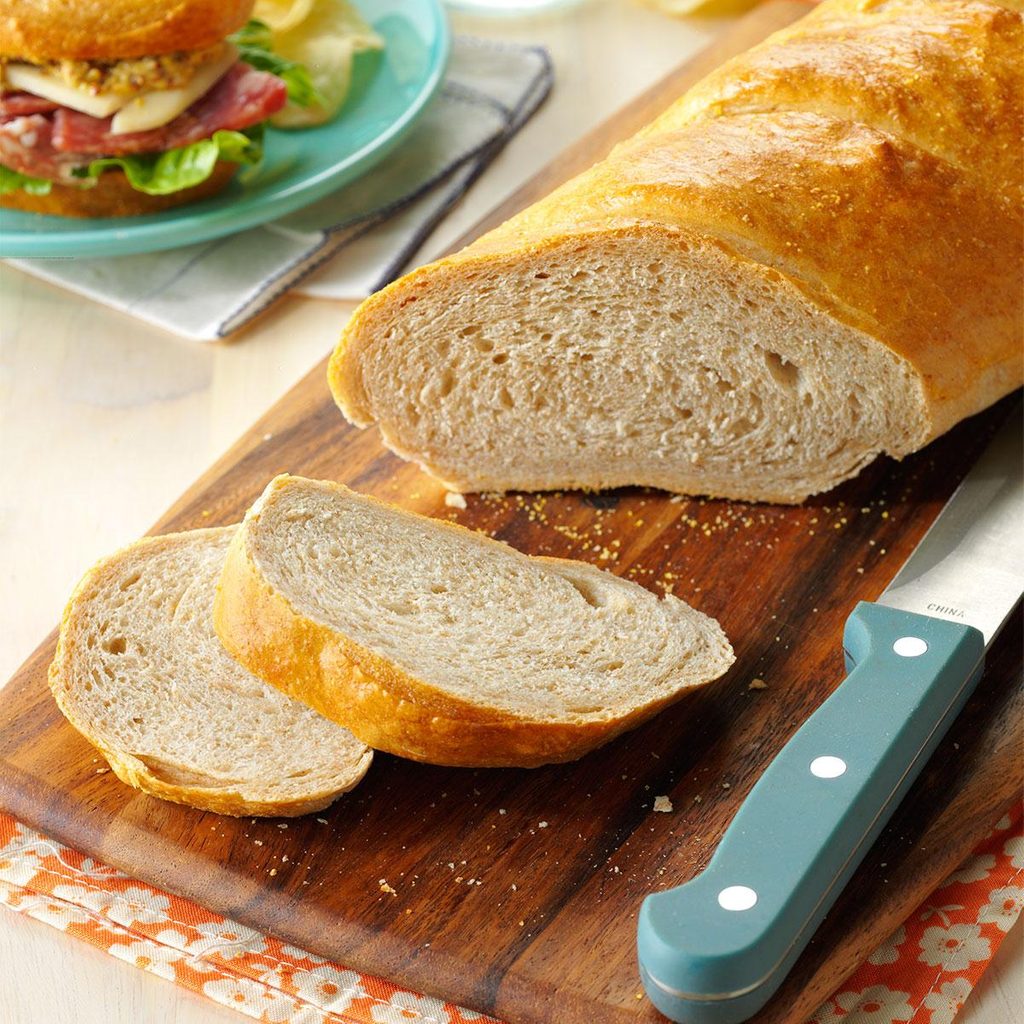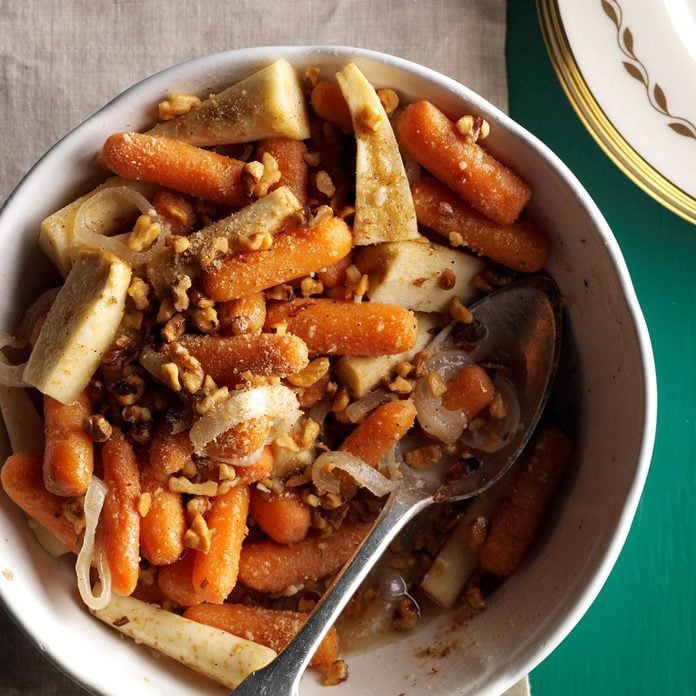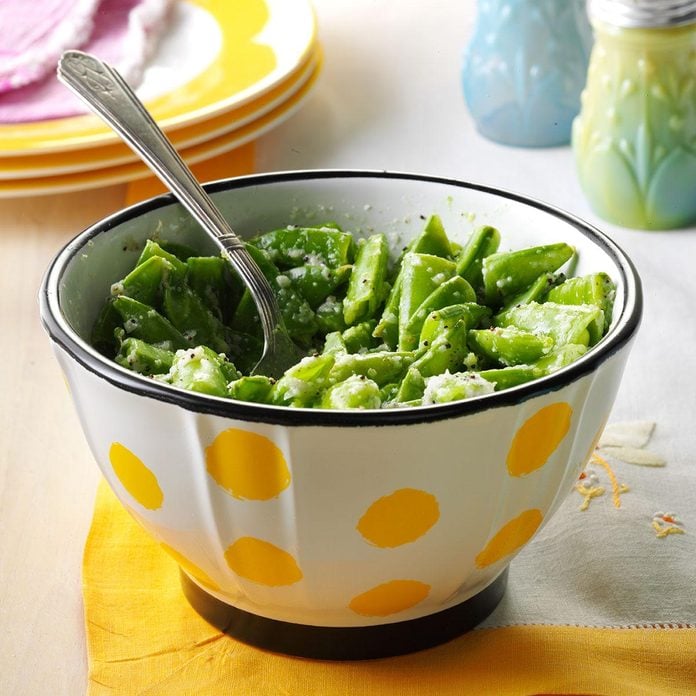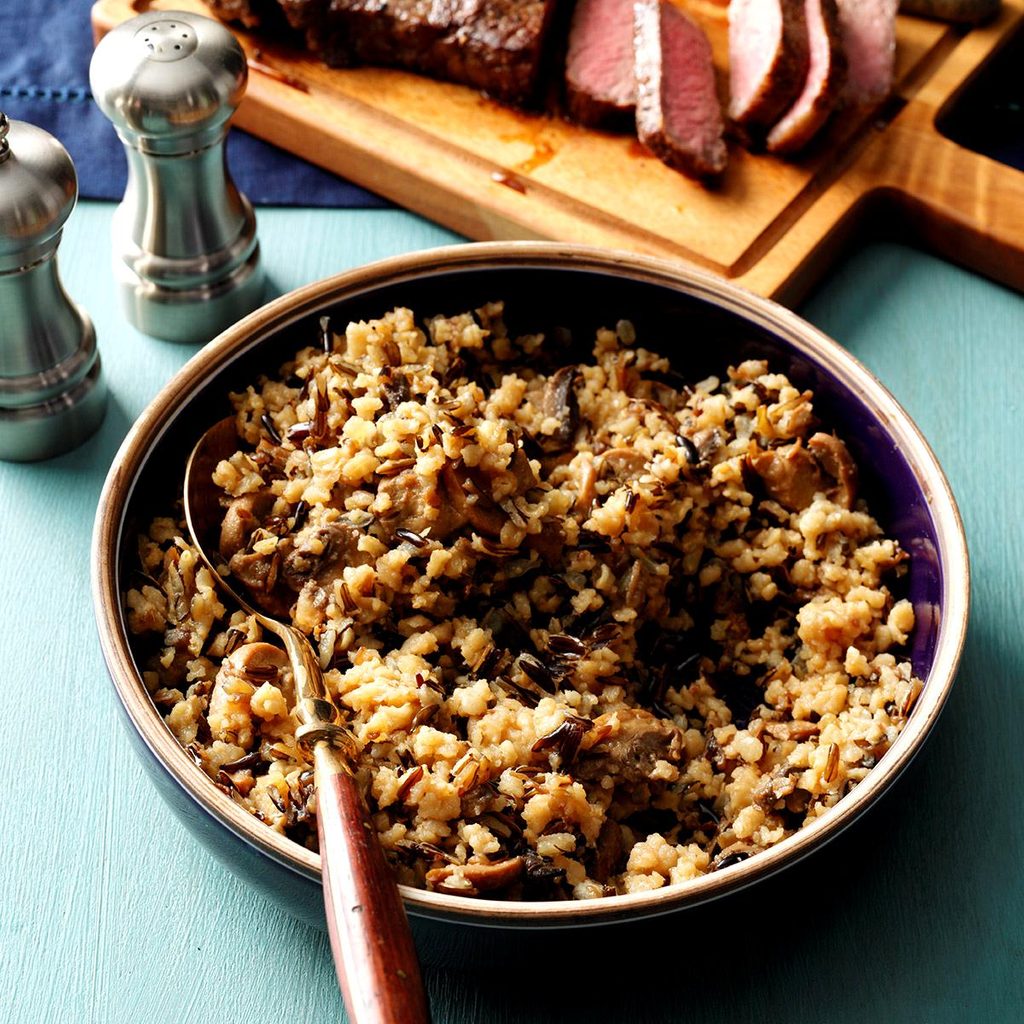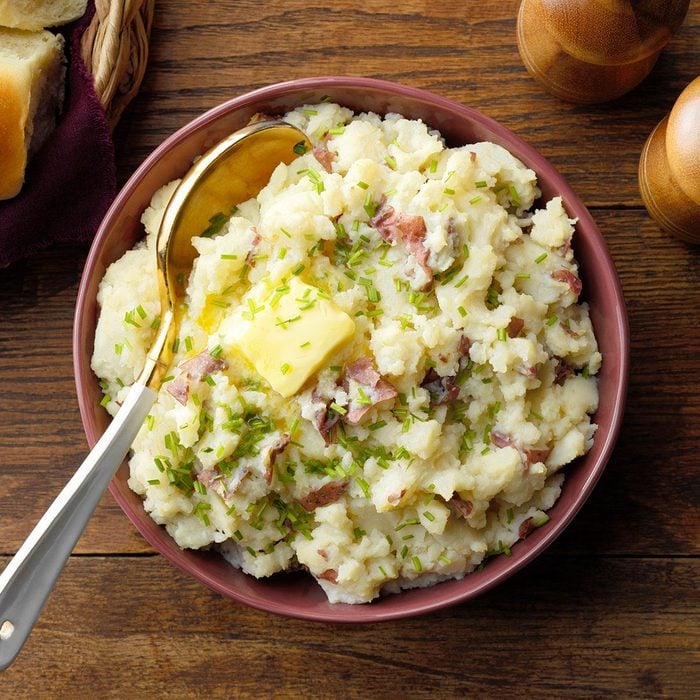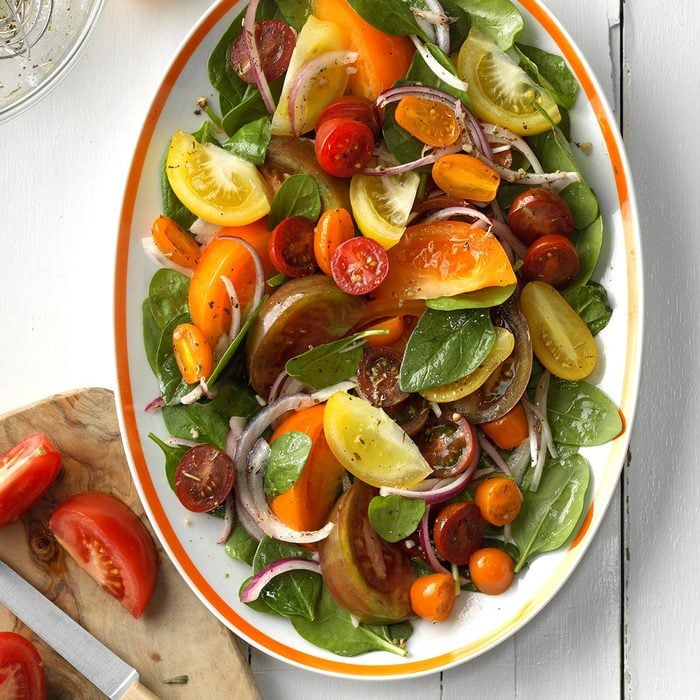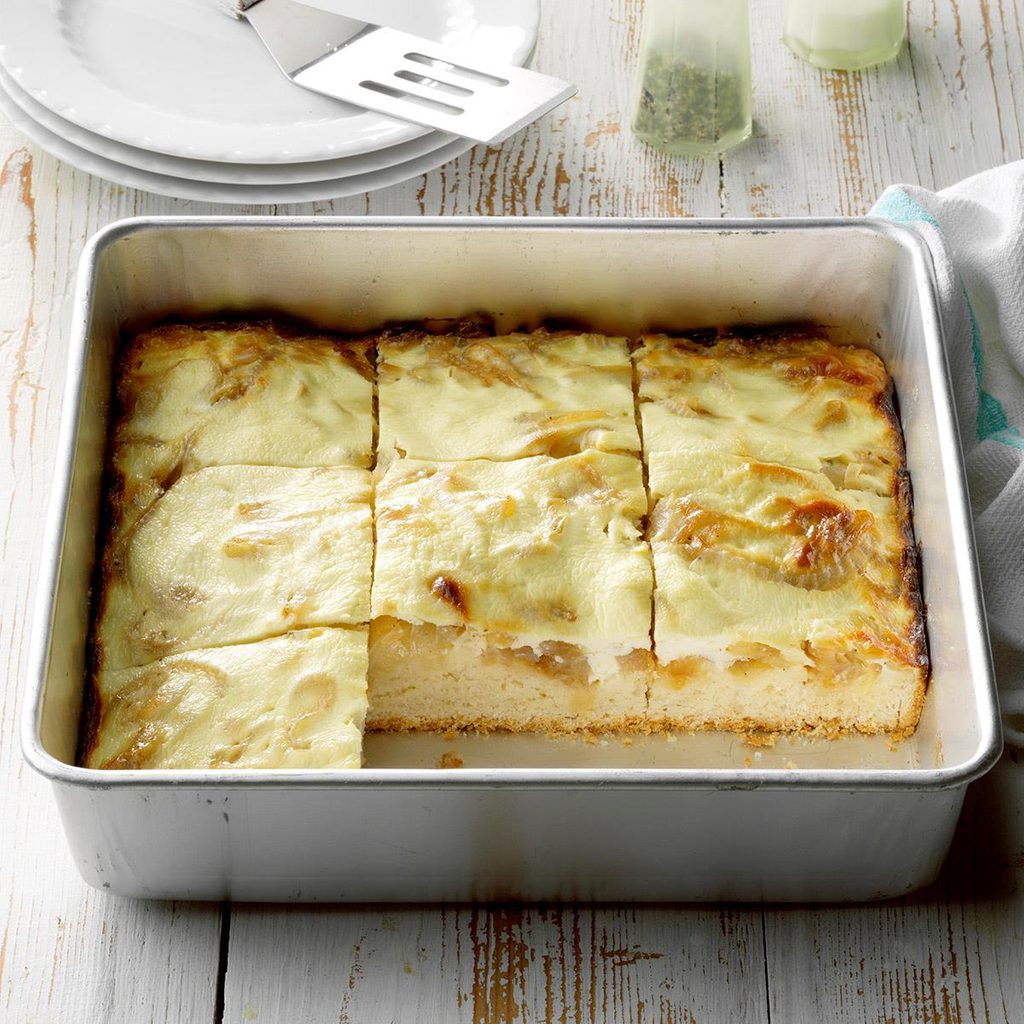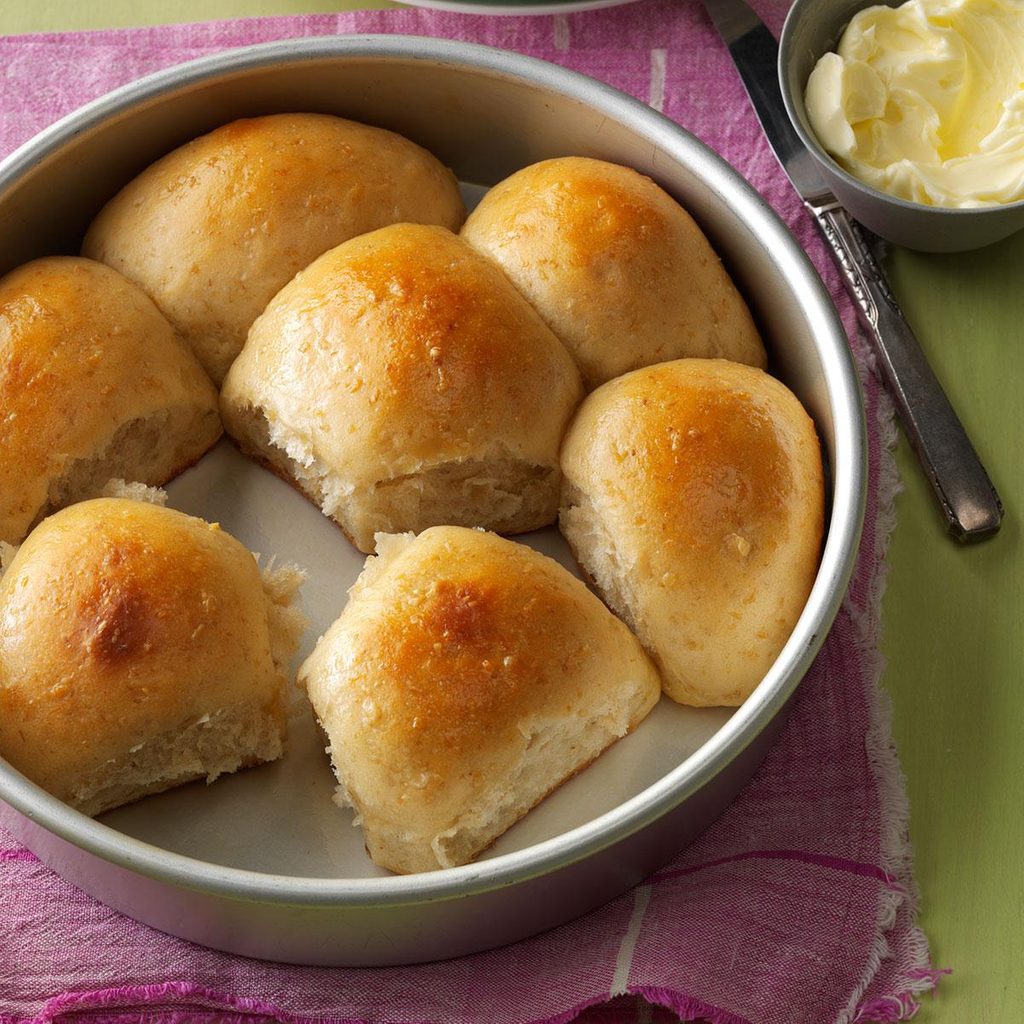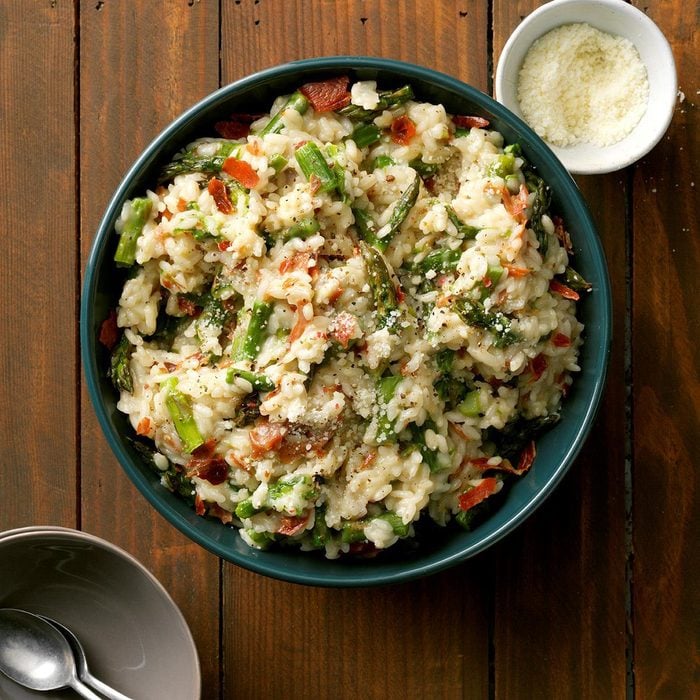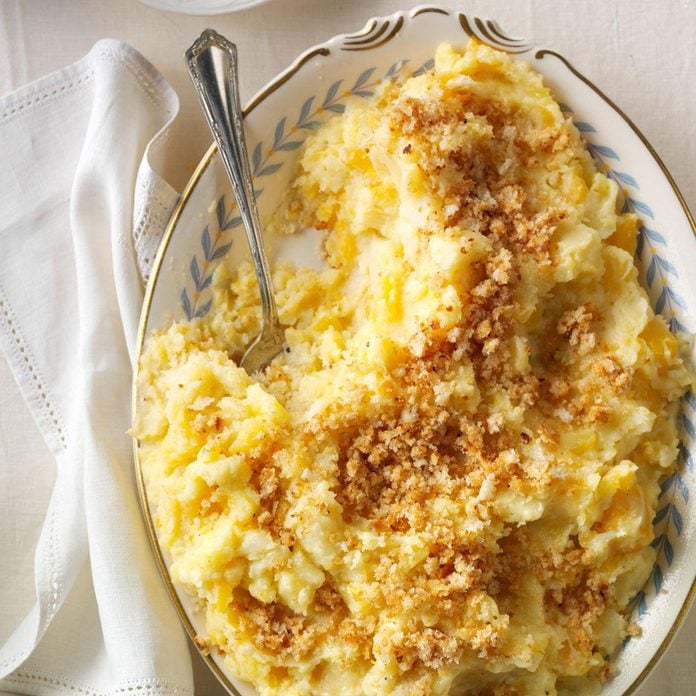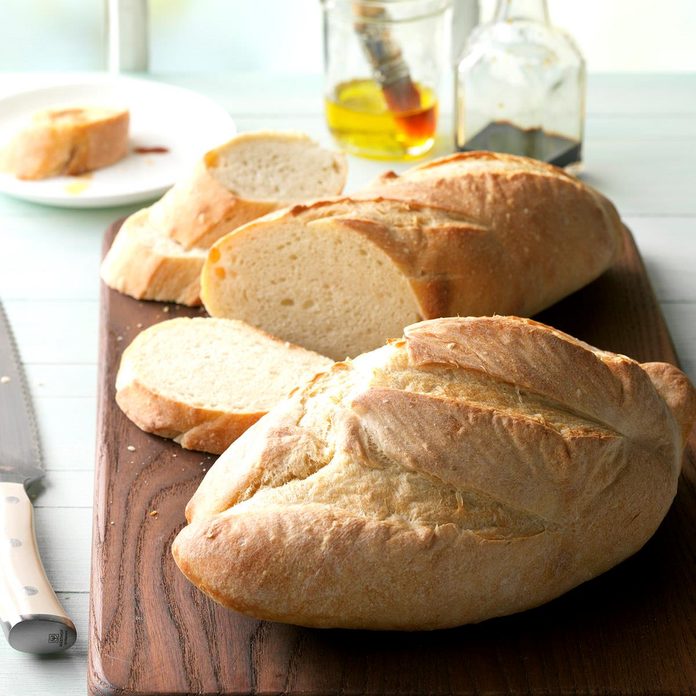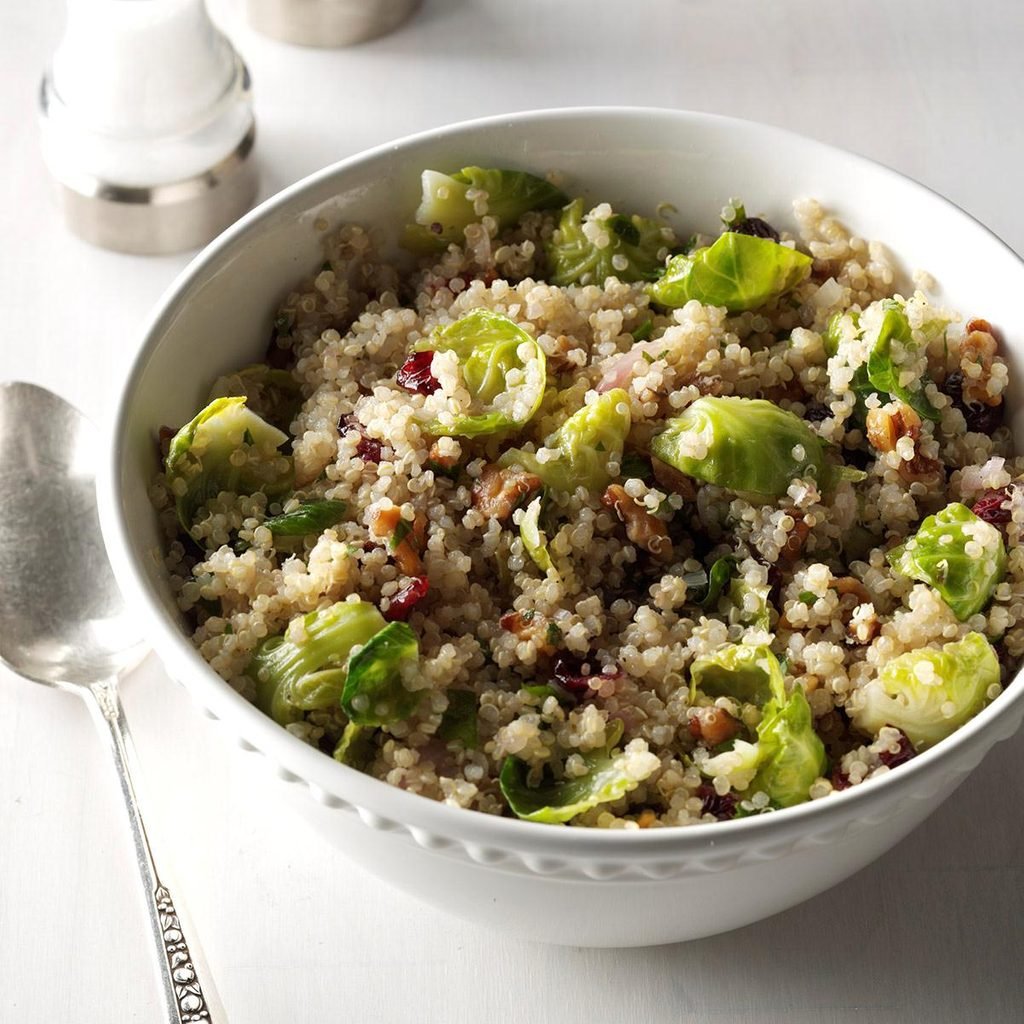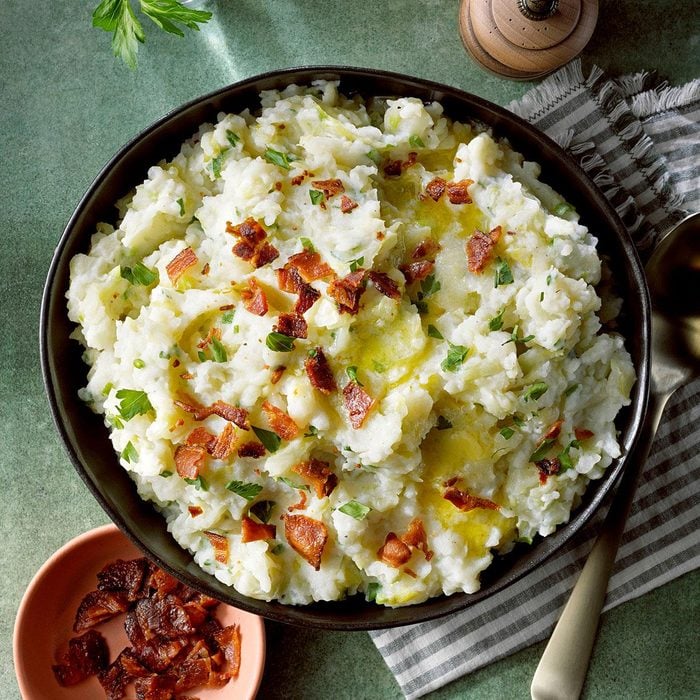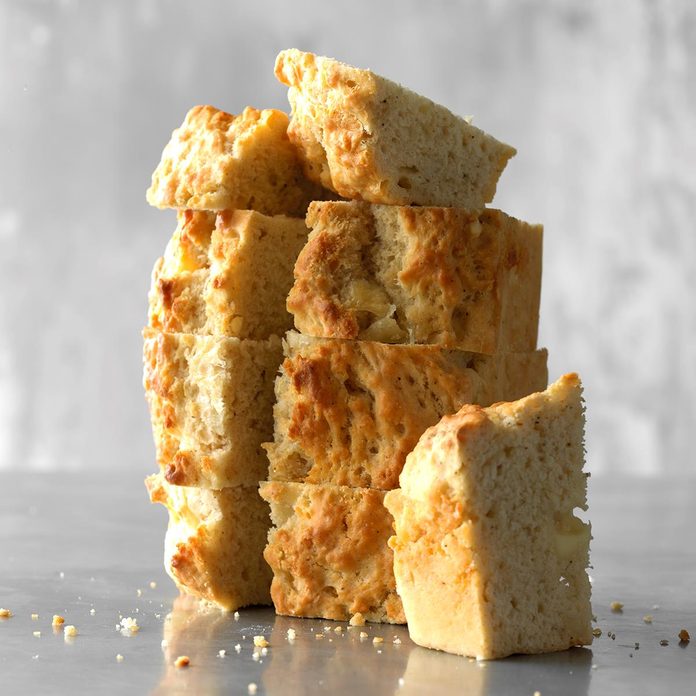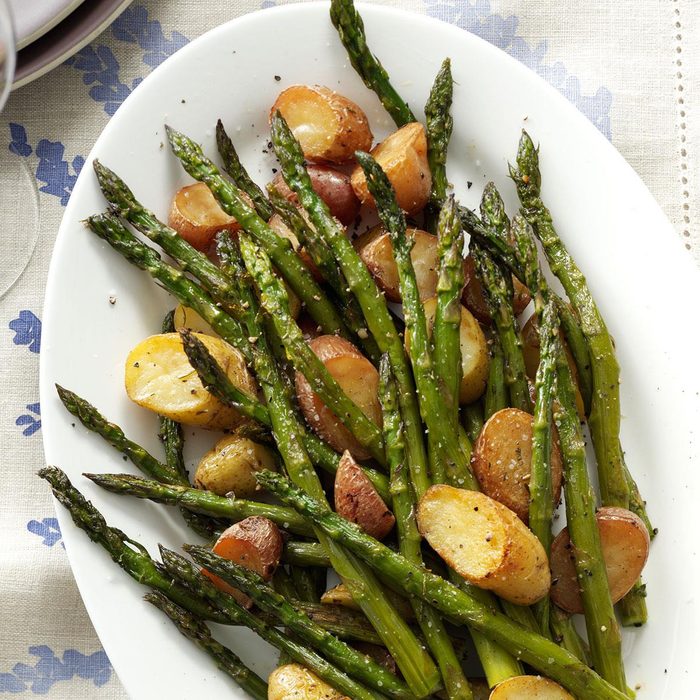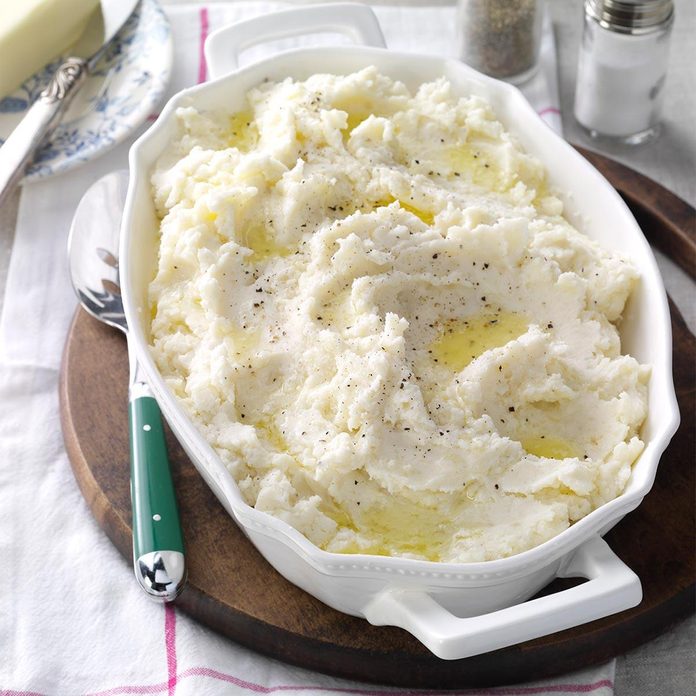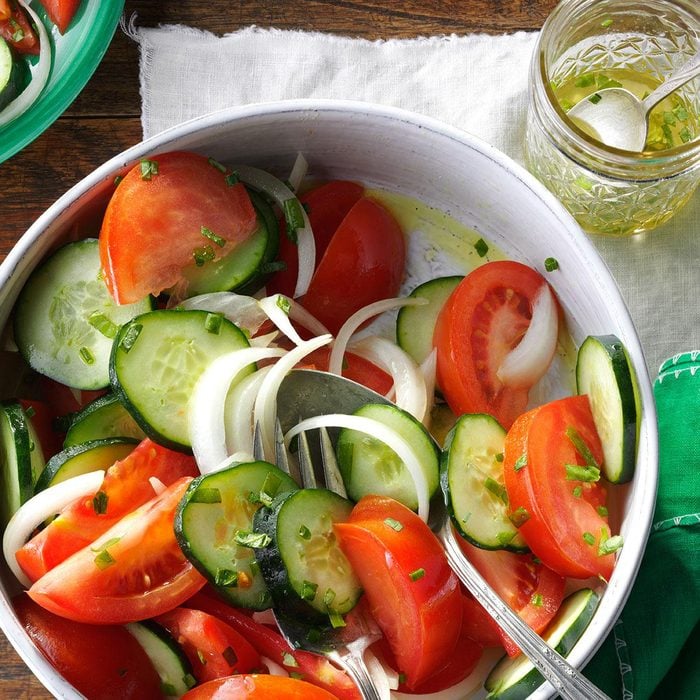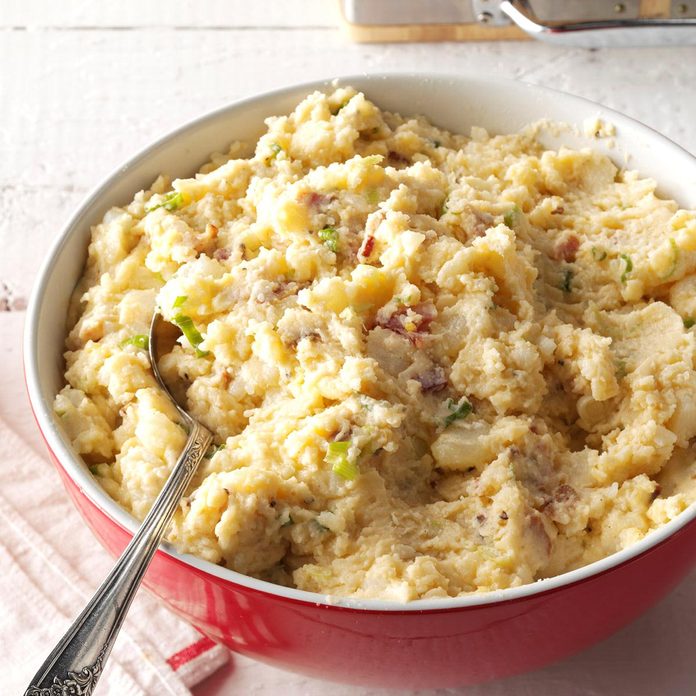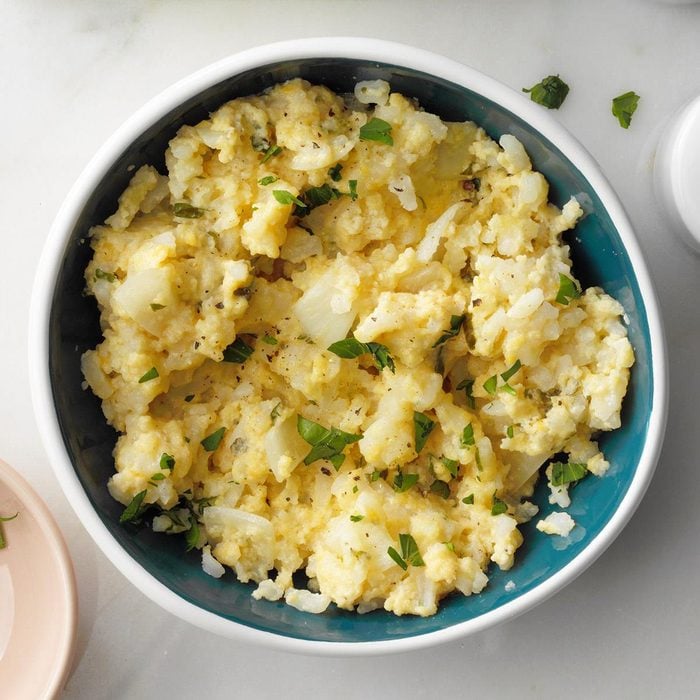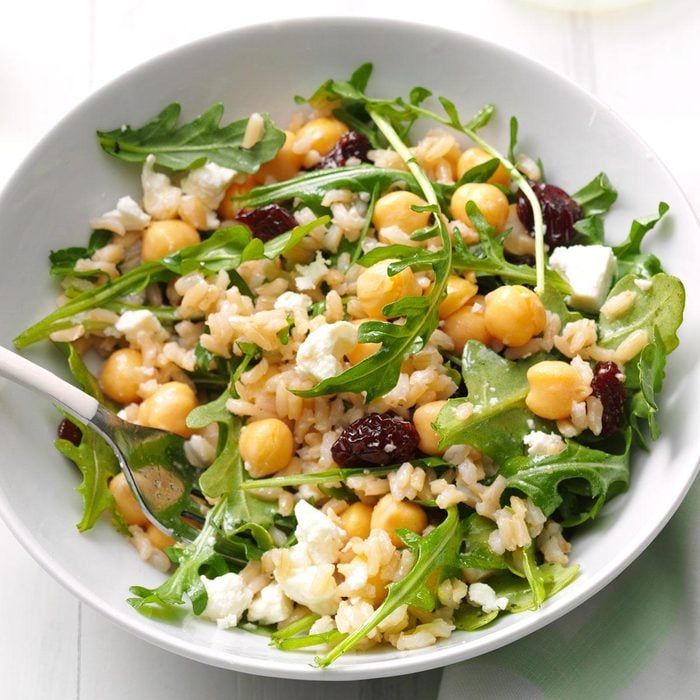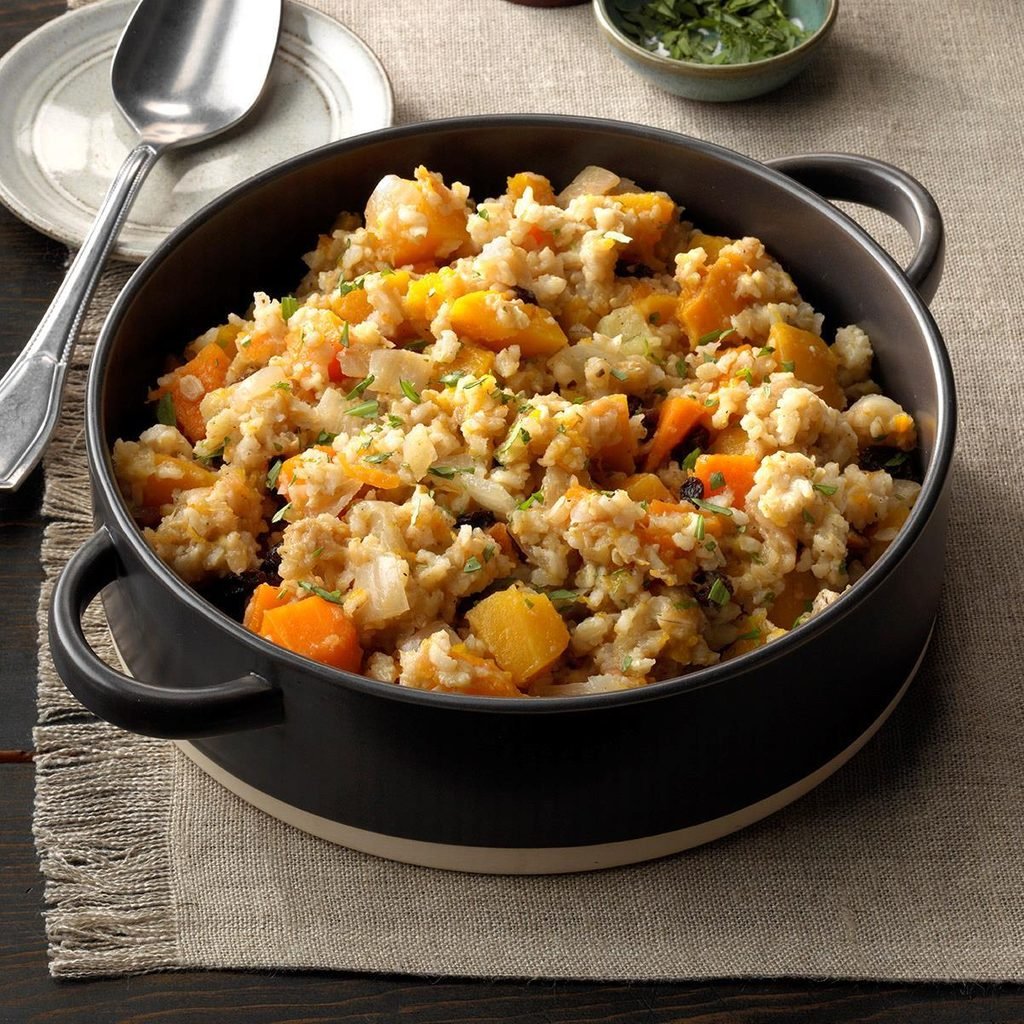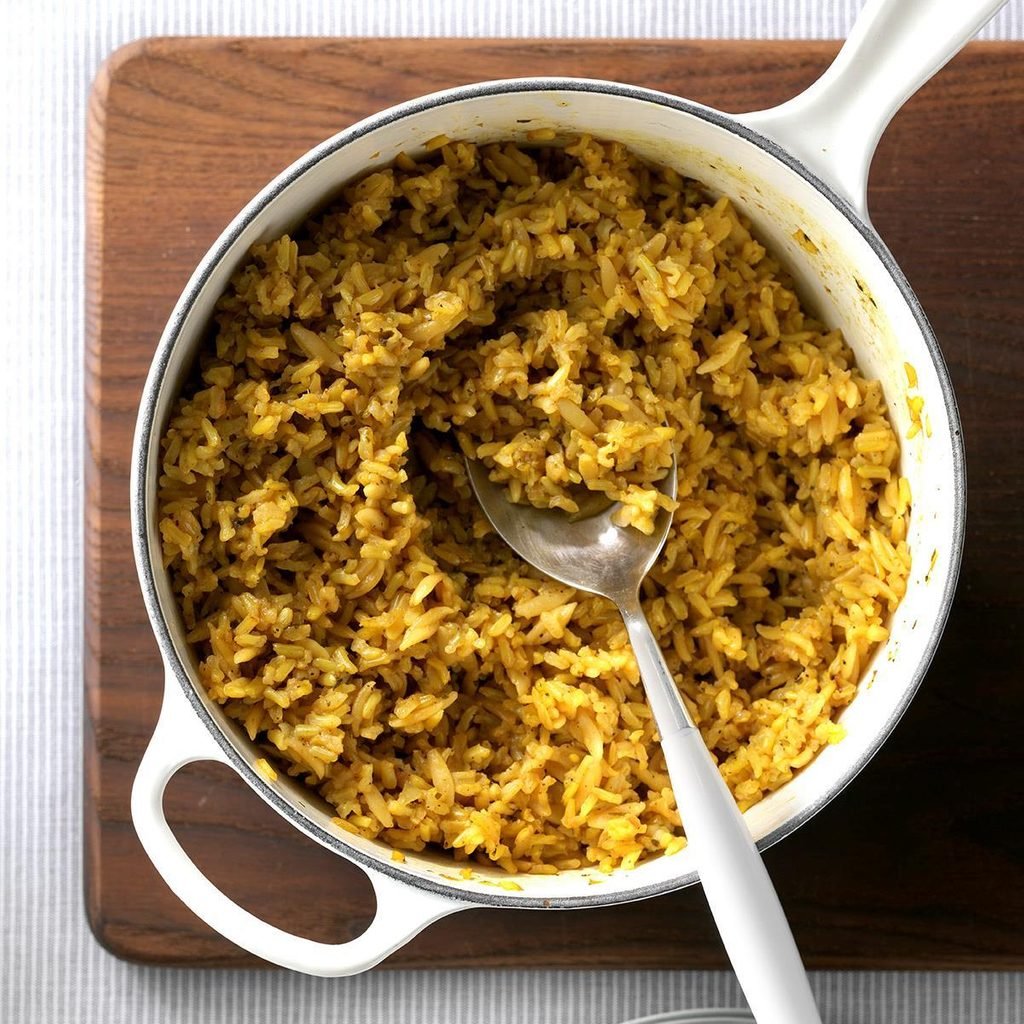The Ultimate Guide to Stew
Updated: Feb. 05, 2024
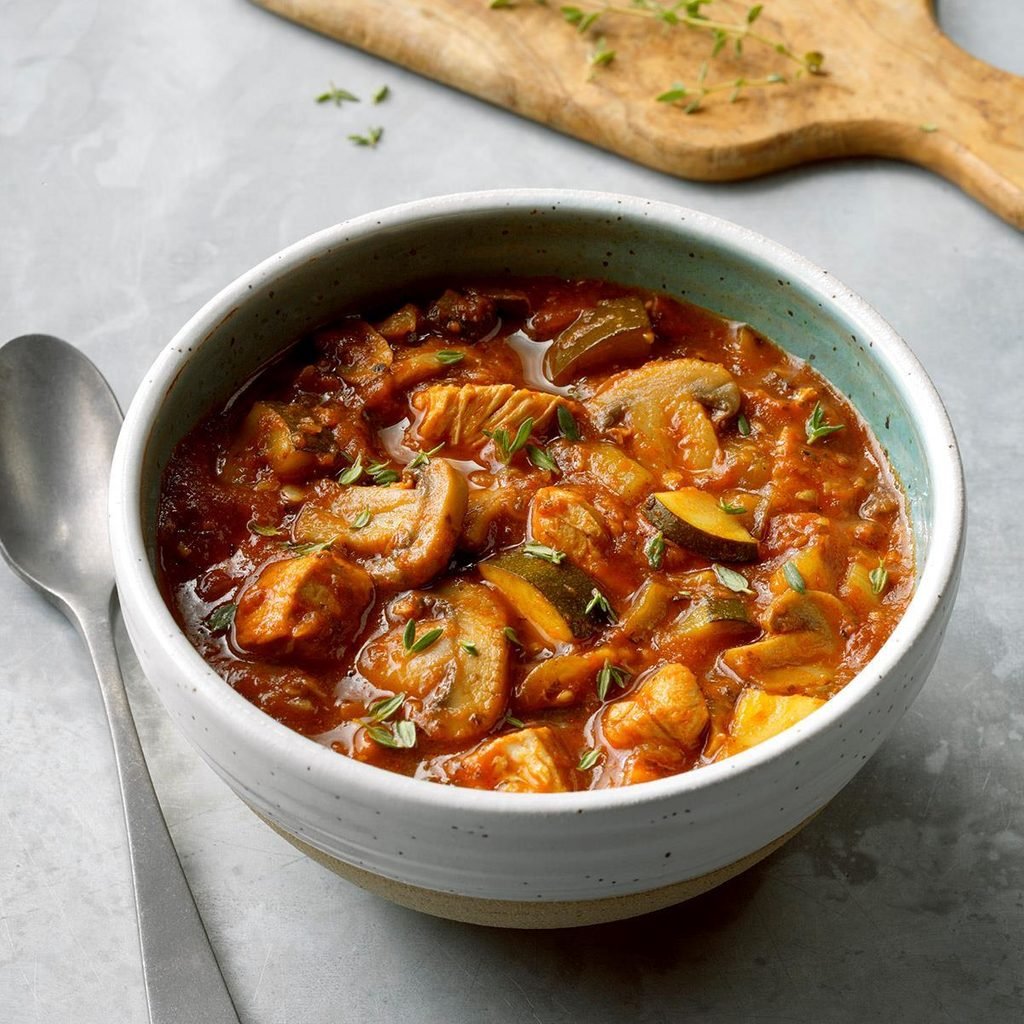
Want to take your stew from good to stewpendous? We'll show you how.
Stew has a reputation for being a rib-sticking meal that warms you up on a cold, winter day. It’s true; a bowl of classic beef stew does have warming properties, but stew’s comfort factor goes way beyond protecting you from the chill. It’s all about those tender chunks of meat and vegetables, swimming in a thick, ultra-rich gravy. The way they come together creates the ultimate comfort food, no matter the weather.
If you really want to showcase your cooking skills in the easiest way possible, keep a few stew recipes in your back pocket. What do you need to know to make a great stew? We’ll start with the basics and move on to specific tips to help you make the best stew ever.
On This Page
What Is Stew, Anyway?

The word “stew” can refer to both a dish and a cooking method. Stewing involves slowly cooking chunks of meat, vegetables or beans in a flavorful liquid. It’s similar to braising, but it does have a few notable differences. The meat is chopped into smaller pieces instead of being cooked whole, and the liquid completely covers the contents in a stew as compared to a braise’s halfway full. When meat or vegetables are cooked using this method, the resulting dish is called stew.
What Is the Difference Between Soup and Stew?
When comparing soup vs. stew, it’s important to take a look at the amount of liquid the dish contains. The focus of a soup is the liquid, which fills your bowl when you pour it. Many times, a soup is pureed so it’s smooth. A stew, on the other hand, is all about the soft and tender chunks of meat, vegetables or whole beans. Think about your favorite batch of chili. You wouldn’t call it a soup, right? That’s because it has less liquid than soup, and it’s often thick like a gravy. Because it takes time to reduce the liquid into this state, stews generally take longer to cook than soups, too.
How Do You Thicken Stew?
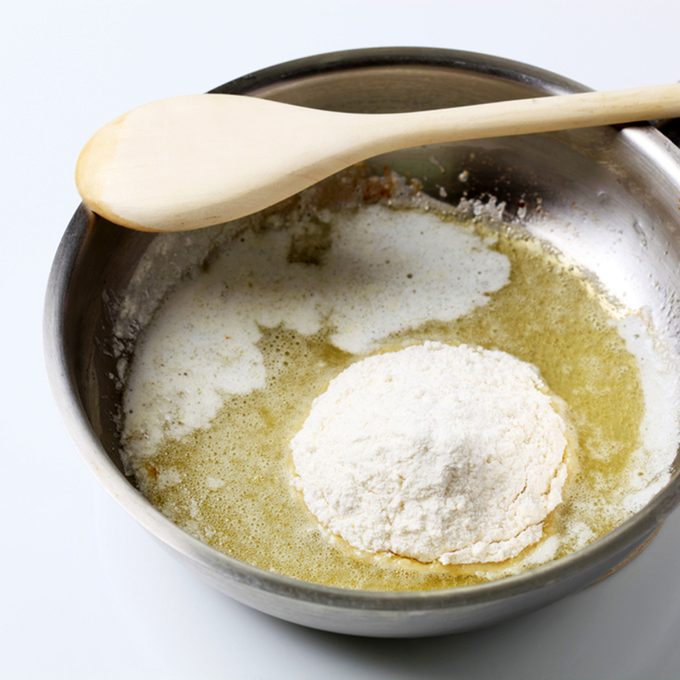
For a stew to be stew, the liquid must reduce down to become nice and thick. Some stew recipes accomplish this with a roux (a combination of flour and butter) while others use thickening ingredients like tomato paste. Some may simply contain starchy ingredients (like potatoes) to thicken the soup naturally as it simmers.
We’ve found that stews made in a Dutch oven turn out thicker than ones in a slow cooker or Instant Pot. With a Dutch oven, you can remove the lid or set it partially closed to allow the liquid to evaporate, thickening the stew more efficiently. If you make stew in a slow cooker and it turns out thinner than you’d hoped, try using one of these methods to thicken a stew.
What Are Different Types of Stew?
Like soup, there are tons of different types of stew, but they all start with the same basic concept: Large chunks of meat, seafood, vegetables or beans simmered in a flavorful liquid — broth, wine, beer, tomato juice or even water.
The most traditional type of stew is beef stew, made with chunks of beef, potatoes and carrots swimming in a wine-rich sauce. Other popular favorites include burgoo– a delicious Kentucky stew, seafood stews like cioppino, hearty bean stews like cassoulet, vegetable-only stews, and stews that feature lamb, pork, or chicken.
What Is the Best Meat for Stew?
There are a number of fantastic vegetarian and plant-based stews, so don’t feel like you have to use meat to make a hearty stew. But, if you are planning to use meat, using the right stew meat is crucial to making the perfect stew. You’ll want to choose a tough cut of meat, like chuck roast, brisket, pork shoulder, lamb shoulder or leg of lamb. These cuts contain collagen-rich connective tissue, which turns into gelatin as it cooks. That not only keeps the meat tender, but it also enriches and thickens the gravy.
We like to start with boneless roasts and chop the meat into large chunks before cooking, but chicken is the exception. Bone-in chicken has a better chance of staying juicy and moist over long simmering times, so go ahead and leave it on the bone. You can cut the meat into bite-sized pieces after it cooks.
What Tools Do you Need for Making Stew?
Aside from a sharp knife and a ladle, you need very few tools to pull off the perfect stew. Our favorite pot for making stew is a Dutch oven. Once it heats up, it holds heat exceptionally well, and you can use it on the stovetop or in the oven. It also has a tight-fitting lid, something that’s essential for stew making. If you’re looking for a more hands-off cooking method, you can certainly use a slow cooker or Instant Pot instead.
Our Test Kitchen recommends using a cutting board that’s large enough to accommodate all of the prep work for your stew. Think: chopping vegetables and cubing beef. In each of the kitchen workspaces at our HQ, we have a couple of Boos Blocks ($115) that do just the trick. If you’re purchasing one for yourself, just remember to sanitize after cutting meat, and treat with a conditioning oil every few months.
That’s pretty much it! Since most stew recipes make large quantities, it’s not a bad idea to invest in some good storage containers. You can meal prep stew by making a batch on Sunday and portioning it out for the week. If you have extra leftovers, don’t be afraid to pop ’em in the freezer for another day.
The #1 Tip for Making Best-Ever Stew
We have several tips for making the best-ever stew, but the most important one is to be patient. You can’t make great stew quickly. It takes time for the collagen-rich meat to break down or dried beans to cook all the way through. You can use a shortcut method like an Instant Pot, but we’ve found the most flavorful stews need to simmer for at least two hours. After all that time, your stew should be rich, flavorful and naturally thick.
How Do You Make Stew Healthy?

It’s surprisingly easy to put a healthy spin on your favorite stew recipe.
- Choose a healthy protein: The healthiest stews feature lean meats (like shrimp, pork, lamb or chicken), fiber-rich beans and extra vegetables.
- Skip the recipes that include heavy cream and look to the ones that use lighter (but still flavorful) ingredients, like chicken broth or tomato sauce.
- Try whole-grains: You can also amp-up the stew’s nutrient value by using whole-wheat pasta or whole-grains like brown rice, farro, barley or quinoa.
Finally, don’t be afraid to add extra vegetables to your stew. The fiber in vegetables adds bulk to your diet without adding too many extra calories, filling you up more quickly. Try experimenting with hearty vegetables like winter squash, greens, turnips, rutabaga, sweet potatoes, beets, carrots and parsnips. For more delicate vegetables like zucchini, mushrooms and bell peppers, we suggest cooking them separately and adding them at the end.
What Sides Go Well with Stew?
Now that you’re a master stew-maker, it’s time to find a go-to focaccia bread recipe. Any type of bread works well as a side to stew—like a crusty baguette or a batch of soft dinner rolls. But focaccia is the easiest bread to make at home. You likely have all the ingredients on hand to make it from scratch, or you can save some time and use frozen dough.
Depending on the stew, sometimes we opt to skip the bread and serve it over egg noodles, white or brown rice, quinoa or hearty grains like barley and farro. A batch of mashed potatoes or creamy polenta pairs particularly well with hearty meat stews, especially if it’s cold outside. For warmer days, you can’t go wrong with a green salad like Caesar or a fresh vegetable salad. Check out the rest of our best stew sides for inspiration.



